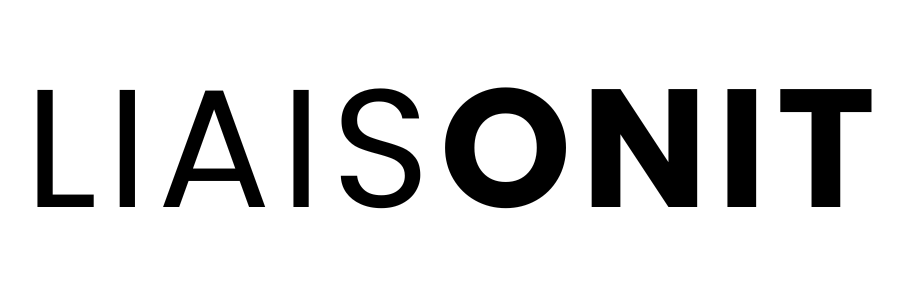In the restaurant industry, safety is of paramount importance to ensure the well-being of both employees and customers. While many restaurants prioritize safety measures, there are a few areas that can sometimes be overlooked. Some of the commonly overlooked safety areas in restaurants include:
1. Slip and Trip Hazards:

Restaurants can have busy and fast-paced environments, increasing the risk of slips and trips. This can be caused by wet floors, loose mats, cluttered walkways, or spilled food and beverages. Regular monitoring, proper housekeeping, and training staff to promptly address these hazards can help minimize such in
cidents.
2. Fire Safety:
Fire safety is crucial in restaurants due to the presence of open flames, hot cooking surfaces, and oily or greasy substances. Ensuring that fire extinguishers are readily available, regularly inspected, and employees are trained in fire evacuation and proper use of fire safety equipment is essential.
3. Food Handling and Hygiene:
Proper food handling and hygiene practices are vital to prevent foodborne illnesses. Failure to follow proper food safety protocols, such as cross-contamination prevention, regular handwashing, and maintaining appropriate food temperatures, can lead to health risks. Regular training and reminders to staff about food safety practices are essential.
4. Ergonomics:

Restaurant employees often engage in repetitive tasks, heavy lifting, and prolonged standing, which can result in musculoskeletal strains and injuries. Providing proper training on ergonomic techniques, offering breaks for rest and stretching, and using ergonomic equipment (such as anti-fatigue mats) can help address these issues.
5. Chemical Safety:
Restaurants commonly use chemicals for cleaning, sanitizing, and other purposes. Failure to store, handle, and use chemicals safely can lead to chemical burns, respiratory issues, or accidental mixing of incompatible substances. Proper training, clear labeling, and ensuring the use of personal protective equipment (PPE) can mitigate chemical-related hazards.
6. Security Measures:
Restaurants may overlook security measures, such as surveillance systems, adequate lighting in parking areas, and employee safety training. Implementing security protocols and ensuring a safe environment for employees and customers can help prevent incidents such as theft, assault, or other criminal activities.
It is important for restaurants to regularly assess their safety procedures, conduct training, and address any potential hazards to maintain a safe environment for everyone involved.


Comments